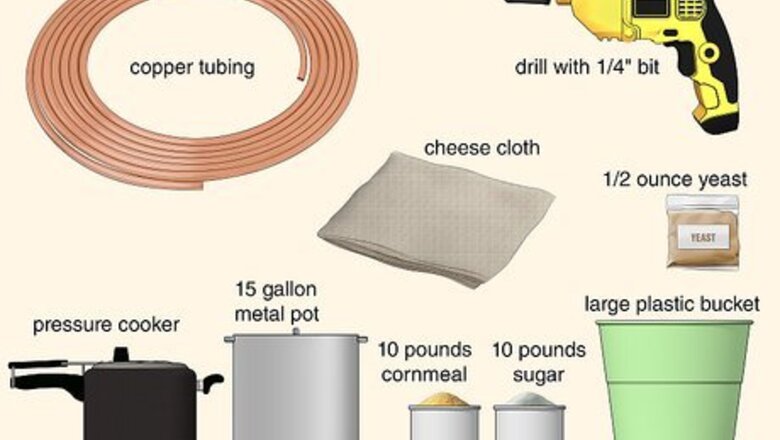
views
Getting the Equipment Ready
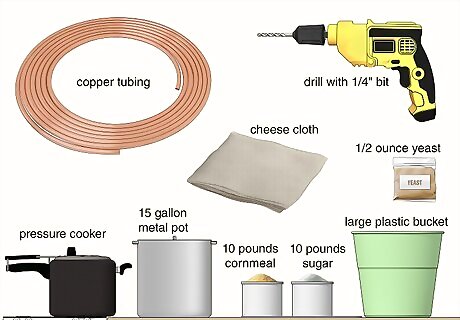
Gather supplies. It's important to use the right supplies when you're making moonshine, because using equipment made from the wrong material can backfire - literally. For the sake of safety and the best chance of making true moonshine, collect the following supplies: A pressure cooker. Use one you don't intend to use for other purposes, or buy a new pressure cooker specifically for making moonshine. Copper tubing. You'll need about two yards of tubing that is 1/4" in width. This can be purchased at a hardware or home and garden store. A drill with at least a 1/4" bit, for drilling a hole in the lid of the pressure cooker. A 15 gallon (56.8 L) metal pot. A large plastic bucket. Cheesecloth. 10 pounds of cornmeal, 10 pounds of sugar and 1/2 ounce of yeast.
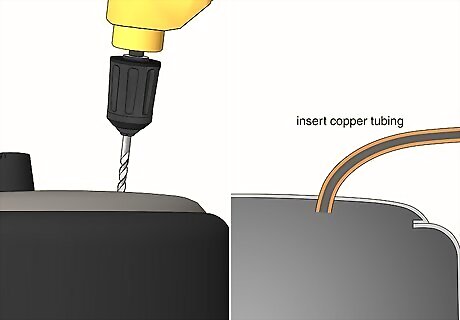
Build a still. Drill a hole in the lid of the pressure cooker and thread it to snugly receive a 1/4" copper tubing. Insert the end of the 1/4" copper tubing into the hole, being careful that it does not project through more than an inch. This is your condensing tube. The tube should be long enough to go from the cooker to a sink and extend beyond the sink down to near the floor. If you don't want to drill a hole in the cooker's lid, you can thread it through the vent and affix it there using duct tape.
Making the Mash
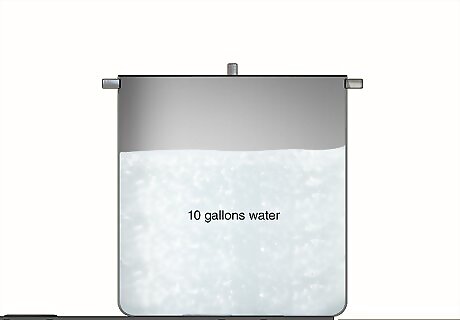
Boil 10 gallons (37.9 L) of water. Fill the pot 2/3 full with tap water (10 gallons or 37.8 L), then place the pot on the stove and turn the burner to high. Let the water come to a rolling boil.
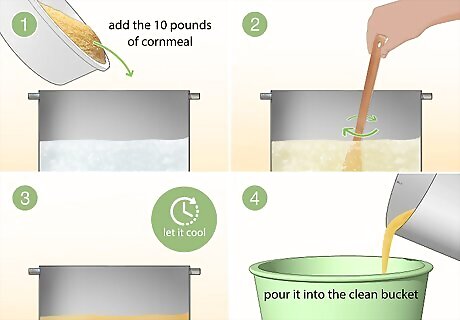
Cook the cornmeal. Add the 10 pounds of cornmeal to the water and stir it with a wooden paddle or another instrument. Let it cook for a few minutes until the water combines with the cornmeal and thickens into a paste. Remove the mixture from heat and allow it to cool, then pour it into the clean bucket.
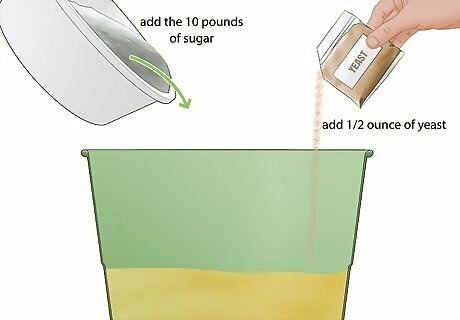
Add the sugar and yeast. Stir in 10 pounds of sugar and 1/2 ounce of yeast. Use a wooden paddle or another large instrument to thoroughly incorporate the sugar and yeast into the mash. Bread, brewers' yeast, naturally occurring yeast or even sourdough starter may be used in place of dry yeast to start the fermentation process.
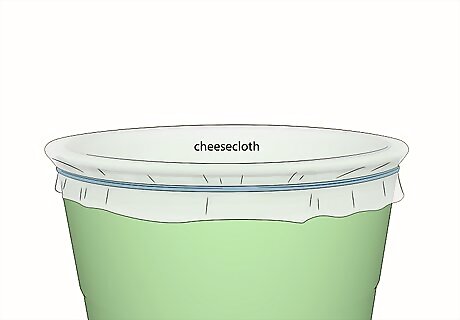
Ferment the mash. Loosely cover the bucket with cheesecloth and place it in a cool, dark place, such as in your cellar or basement, to allow fermentation to take place. Fermentation occurs when the yeast metabolizes the sugar and corn carbohydrates and produces alcohol. A brown or light tan foam will appear on top of the mash bucket, gradually rising up higher each day. When the mash quits working, the sugars are "used up," and you will notice the foam, or "head" is no longer rising.Make Moonshine Step 6Bullet1.jpg The mash is ready for the next stage when it stops bubbling. At this point it is referred to as "sour mash."
Distilling the Sour Mash
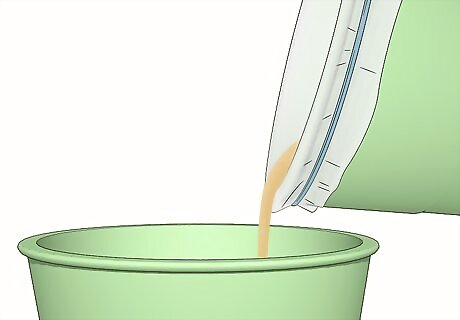
Strain the sour mash through a cheesecloth. Place the cloth over the bucket, then tip the bucket over a clean bucket or pot. You may also use a screen wire or a clean white t-shirt to strain the mash.
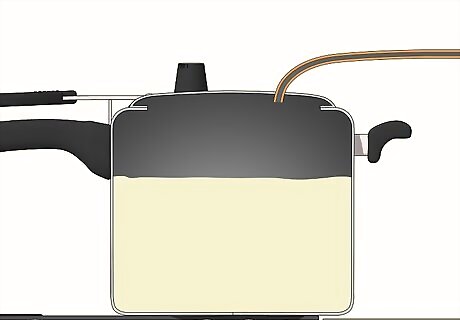
Pour the strained mash liquid into the pressure cooker. Clamp down the lid and place it on a stovetop burner. You may discard the solids that you strained out with the cheesecloth.
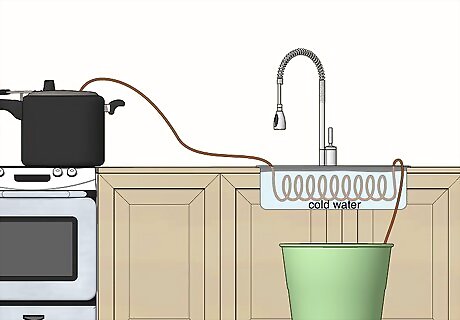
Position the copper tubing to create a condenser. Run the copper tubing run from the lid (or vent) of the pressure cooker to a sink filled with cold water. Coil the middle of the copper tubing in the cold water, then run the other end of the tube over the edge of the sink to a clean container on the floor.
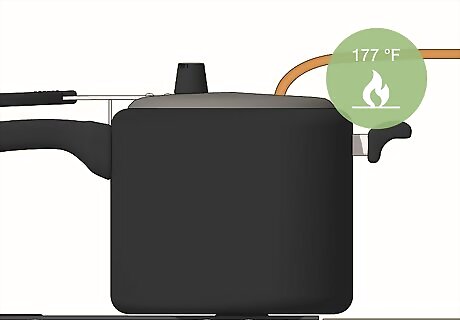
Turn on the burner under the pressure cooker. Let the contents heat to exactly 177 °F (80 °C) and no more. This is the approximate boiling point of grain alcohol. As the pressure cooker heats, the alcohol turns into ethanol steam, travels through the condensing tube to cool. The resulting liquid drips into the container on the floor. That's the moonshine. The liquid that comes out of the copper tube before the cooker reaches 177 °F (80 °C) contains methanol, which becomes steam at a lower temperature than ethanol. This low-boiling liquid must be discarded. Methanol attacks the optic nerves when consumed. You'll probably have to discard at least two ounces of liquid before the ethanol, which can actually be consumed, begins to emerge.Make Moonshine Step 10Bullet1.jpg Keep monitoring the temperature and collecting alcohol until the temperature rises above or drops below 177 °F (80 °C). You should be able to collect about 2 gallons (7.6 L) of liquid.
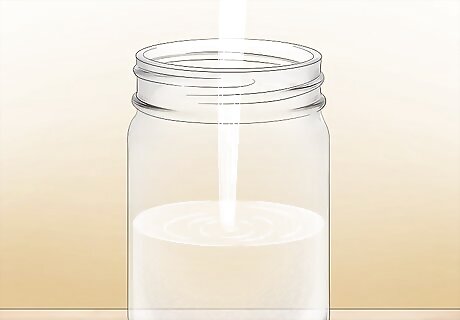
Transfer the alcohol to jars. Finished moonshine is between 180 and 190 proof (90 to 95%) - practically pure grain alcohol. To make this product drinkable, responsible brewers cut it to half strength by mixing with pure spring water.










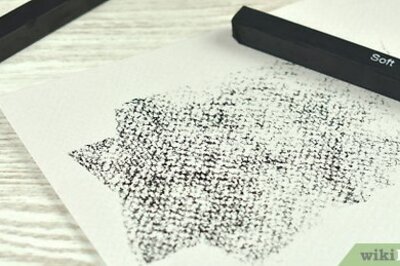








Comments
0 comment